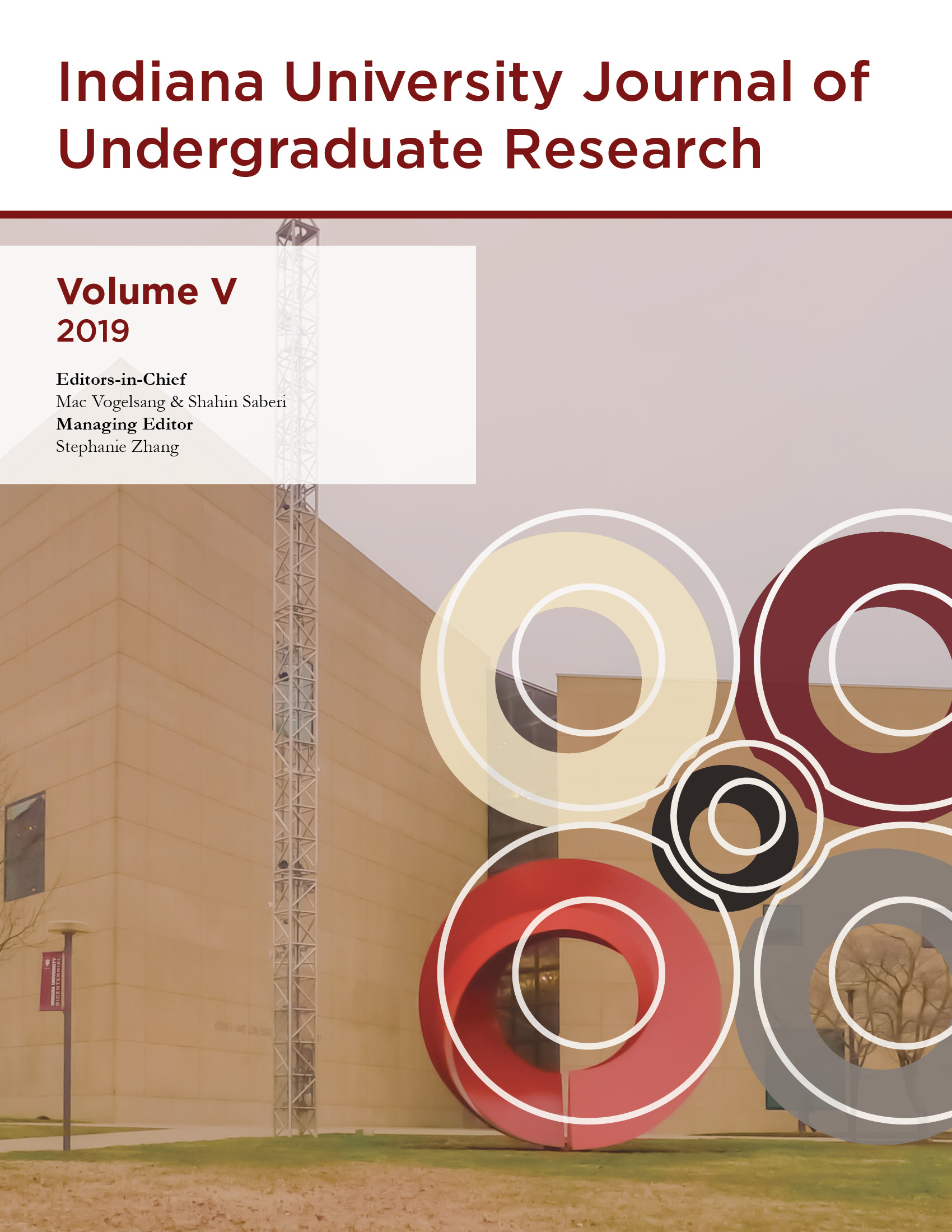The World Upside-Down: The Carnivalesque Studio in Entre visillos
Main Article Content
Abstract
Entre visillos by Carmen Martín Gaite follows the lives of several middle-class young women living in Francoist Spain during the nineteen-fifties, portraying the restrictive and conservative confines of both traditional Spanish culture and fascist dictatorship in which these women lived. This essay, however, examines how Martín Gaite uses place and setting to define the characters’ behavior and their adherence to norms under Francisco Franco’s authoritarian, reactionary rule. Specifically, the essay analyzes the spatial conditions for liminal anomie, the temporal dissolution and subversion of norms, in the novel. Through an approximation of Mikhail Bakhtin’s carnivalesqueand Michel de Certeau’s theory of everyday resistance, I argue that the characters employ tactics of resistance (de Certeau) to establish the bohemian party at the top-floor studio apartment of Yoni, the eccentric artist, as a carnivalesque that acts as a safe haven for anomie, the expression of hidden transcripts (James Scott) that constitute resistance against hegemonic Spanish society, and the reimagination of Spanish identity during the epoch. By studying how the characters stray from norms through their interpersonal relations, absurd values, and paradoxical and parodical behavior, it becomes clear that the studio is a unique, free space for contesting conventions of modesty and patriarchy under the Spanish dictatorship. The inclusion in the novel of such themes as promiscuity, infidelity, and immodest behavior further reveals that Entre visillositself is a carnivalesque work that reimagines the values, norms, and conscience of Spanish society.
Downloads
Article Details
Authors who publish with this journal agree to the following terms:
- Ownership of the copyright shall remain with the Author, subject to IUJUR’s use and the rights granted by the Creative Commons license assigned by the Author. A Creative Commons Attribution-NonCommercial 4.0 International (CC BY-NC 4.0) license will be applied to the published work unless otherwise indicated in the Student Author Contract. The CC BY-NC 4.0 license (https://creativecommons.org/licenses/by-nc/4.0/) lets others remix, tweak, and build upon the published Work non-commercially, and although the new works must also acknowledge the original IUJUR publication and be noncommercial, they don’t have to license their derivative works on the same terms.Authors are able to enter into separate, additional contractual arrangements for the non-exclusive distribution of the journal's published version of the work (e.g., post it to an institutional repository or publish it in a book), with an acknowledgement of its initial publication in this journal.
- Authors are permitted and encouraged to post their work online (e.g., in institutional repositories or on their website) prior to and during the submission process, as it can lead to productive exchanges, as well as earlier and greater citation of published work (See The Effect of Open Access).

